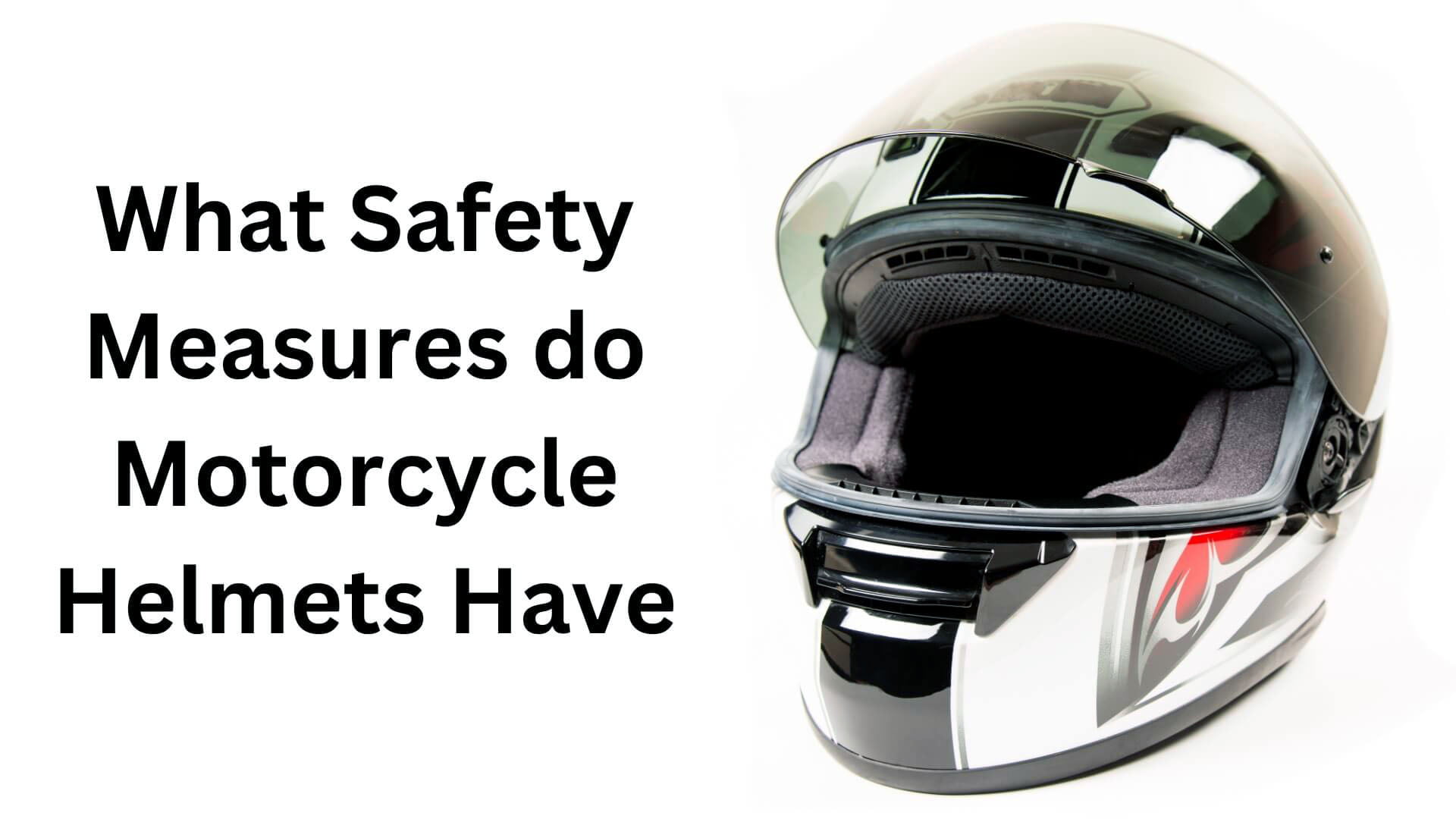Are Non-DOT Helmets Safe? We Asked An Expert

The debate of whether or not non-dot helmets are safe has been around for years, with no clear answer. However, new research suggests that they may not be as safe as riders think. In this blog post, we’ll look at the evidence and see if non-dot helmets are as safe as they claim to be.
What are DOT helmets?
The Department of Transportation (DOT) sets standards for motorcycle helmets to ensure they provide adequate protection during a crash. These helmets must pass a series of impact tests and tests for flexibility and peripheral vision.
In addition, DOT-certified helmets must have a permanent label indicating compliance with the agency’s standards. It’s important to note that not all helmets sold in the United States are required to meet DOT standards – only those explicitly labeled as such.
When purchasing a helmet, it’s always best to choose one that has been certified by the DOT for maximum safety and protection.
What are non-DOT helmets?
Non-DOT helmets do not meet the standards set by the Department of Transportation. These helmets typically offer less protection in the event of a crash and may not have features such as a sturdy chin strap or reinforced shell.
While non-DOT helmets may be cheaper and more stylish, they should never be worn while operating a motor vehicle. In fact, some states even have laws prohibiting the use of non-DOT helmets on roadways.
It is always best to invest in a helmet that meets DOT standards to ensure your safety. Not only will it provide better protection in the event of an accident, but it could also potentially save your life. Always remember to ride responsibly and wear proper safety gear.
Are non-Dot Helmets Safe?
Regarding safety on the road, motorcycle helmets are a crucial piece of equipment. The Department of Transportation (DOT) sets strict standards for helmet construction and performance to ensure rider protection in the event of an accident.
While some riders may opt for non-DOT helmets in search of a unique style or cost savings, it’s important to consider that these helmets may not provide the same level of protection as those that meet DOT standards.
In fact, recent studies have shown that non-DOT helmets offer significantly lower levels of impact protection and are more likely to come off during a crash. So while non-DOT helmets may seem tempting, it’s ultimately worth investing in a helmet that meets DOT standards and provides maximum safety on the road.
Check Also: Are All Helmets Dot Approved?
How to identify a DOT helmet?
One way to tell is by looking for the DOT symbol on the back of the helmet. It should be labeled clearly and not just a sticker. In addition, the manufacturer’s label should also include information about the helmet meeting DOT standards.
Another way to confirm a DOT-approved helmet is to check for certification from the Snell Memorial Foundation, as they also have strict test requirements for helmets.
Always look for official labeling and certification to ensure your safety on the road when in doubt. Remember, when it comes to helmets, it is always better to be safe rather than sorry.
Check Also: Do You Have to Keep The DOT Sticker On Your Helmet?
How to identify a non-DOT helmet?

Look for the DOT symbol on the back of the helmet and the packaging. The helmet is considered non-compliant with DOT standards if the symbol is not present and should not be used while riding.
It’s also important to note that helmets sold without packaging or with unclear labeling may also be non-compliant.
In cases like these, it’s best to err on the side of caution and purchase a certified DOT-compliant helmet. Remember, safety should always be a top priority when it comes to motorcycle helmets.
Read More: How Many States Have Motorcycle Helmet Laws?
Dot vs. non-dot helmets?
When it comes to head protection, it’s important to be aware of the difference between Dot and non-dot helmets.
Dot, or Department of Transportation, helmets are designed to meet a set of government standards for safety. These standards focus on impact resistance and protection from penetration.
Non-dot helmets, on the other hand, may or may not meet these standards and are generally used not for street use but for activities like off-roading and dirt biking.
Ultimately, it’s up to the individual to decide which level of protection they require. However, if you plan on using your helmet for street riding, a Dot-certified helmet is recommended for maximum safety.
Does anybody use a non-DOT helmet?
While non-DOT helmets may seem appealing due to their price and variety of designs, they are not necessarily the safest option for motorcycle riders.
The Department of Transportation sets strict guidelines for helmet manufacturers to ensure a minimum level of protection, and non-DOT helmets have not been tested to meet these standards.
In fact, some non-DOT helmets do not even have a certification label, making it impossible to know how well they will perform in the event of an accident.
Ultimately, the extra cost for a DOT-certified helmet is worth the added peace of mind and safety it provides. When it comes to protecting your head, it’s better to err on the side of caution and stick with a helmet that has met industry guidelines.
Conclusion
While non-DOT helmets may not offer the same level of protection as DOT helmets, they can still provide some measure of safety for riders. Riders should beware of fake or counterfeit DOT stickers and make sure to purchase their helmet from a reputable source.
Wearing any helmet is better than wearing no helmet at all, but riders should be aware of the risks involved in using a non-DOT-approved helmet.

Hey, I’m Hrithik Hossain. I am the head of helmethacks.com, which specializes in safety helmets. I am looking to connect with anyone interested in purchasing a helmet or who has any questions about different types of helmets. I have over 8 years of experience as a helmet expert, and I can’t wait to help you find the perfect helmet for you. I can help you with any questions regarding helmets, from the best brands to fitting, style, and more! I really enjoy keeping people safe by ensuring they have the best protection possible.







